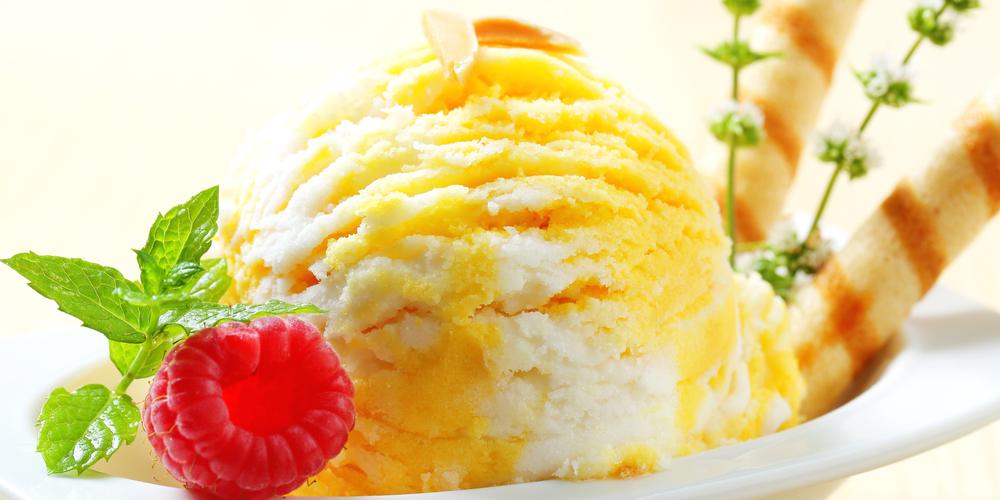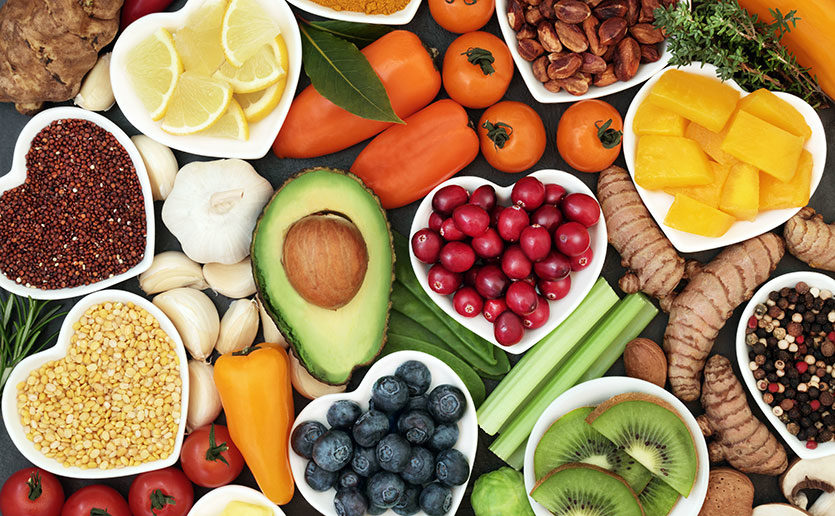Among many edible crops that emerged at the dawn of modern human civilization and managed to spread across entire world, few managed to distinguish themselves by their ruggedness, storage quality and its nutritional value. Potato, indigenous flowering plants of the South America and the Andes mountains (modern-day southern Peru and northwestern Bolivia) managed to prove its usefulness to our ancestors, who cultivated it, nurtured it, and ensured its survival during the last 10,000 years of our history. Centuries after they were introduced to Europe and North America, potatoes represent one of the most important parts of world’s cuisine and the fourth-largest food crop in the entire world (following maize, rice and wheat). Today, extensive research and the centuries of selective breeding, we now have access to over thousand different types of potatoes that are grown all around the word.
Atlas and Co is an online informative website dedicated to provide ideas and insights about the world and everything around it – entertainment, business, fashion, gaming, health etc. Welcome to Gaming Potatoes!!! Sorry for the Long Update. I told You lots of Games will be Coming! I am going to update this as fast as I can, I'm reading your comments, and Responding to them! Gaming Potatoes is a site made in Galveston TX, to help support potatoes while giving quality gaming AT THE SAME TIME!!!!
The story of potato started around 350 million years ago, when they started to evolve from the poisonous ancestor of the plant nightshade (this family of plants eventually evolved not only into potatoes, but also into tobacco, chili peppers, bell peppers and tomatoes). Potato slowly evolved into its current form in the South American Andean highlands between Peru and Bolivia. Human settlers reached that part of our world around 15 thousand years ago, and managed to domesticate wild potato around 8 millennia BC. From that point on, potato slowly started its journey across the continent, but it received great attention in the 1500s when first Spanish conquistadors started exploring beyond the coasts of South America, especially after 1530s when they searched for gold in Peru. Among their numerous discoveries, potato received a very notable attention, and they brought that plant to Europe between the years of 1570 and 1593 (Canary Islands received it in 1562).
- Potato arrived to Britain in 1585, Belgium and Germany in 1587, Austria in 1588, Ireland in 1589 and France in 1600. Sadly, local population of those countries looked at potato as absolutely unneeded, weird, poisonous (only roots of the plant were edible, which was totally unheard off in Europe), and in some cases as downright evil.
- In: 未分類 2021-01-13 What can policymakers learn from the disastrously slow COVID-19 vaccine rollout? By Lisa Larrimore Ouellette, Nicholson Price, Rachel Sachs, and Jacob S.
- 23 MGH.943 0 39. 27 Team Perfect 1 25. 1 Para sa Pamilya 0 21. 5 Team Coders 1 22 10 The Three Number Six 666 1.

European adoption of potato was slow but steady. In the beginning, Spanish government used potato as a reliable and easily transported food for their military and navy who while using them did not succumb to the scurvy. Potato arrived to Britain in 1585, Belgium and Germany in 1587, Austria in 1588, Ireland in 1589 and France in 1600. Sadly, local population of those countries looked at potato as absolutely unneeded, weird, poisonous (only roots of the plant were edible, which was totally unheard off in Europe), and in some cases as downright evil. For many years, potato was accused for causing leprosy, syphilis, early death, sterility, rampant sexuality, scrofula, narcosis and for destroying the soil where it grew. This sentiment receded from the Europe only after large scale efforts of France to find food that would sustain not only their military, but also population that was starved from continuous warfare. Long examination of the potato by the famous French botanist and chemist Antoine-Augustin Parmentier finally paid off when he persuaded King of France Louis XVI (1754–1793) to encourage mass cultivation of this plant my tricking the population. King gave Parmentier funds and land to grow 100 acres of potato, which were carefully guarded by military guards. Such large military and government attention on guarding these potatoes instantly sparked the attention of the people, who after that started adopting potato more and more until it became one of the most popular food sources in the Europe. The wife of the French king Marie Antoinette (1755-1793) also contributed by pining potato flowers in her curls, a move that was quickly emulated by noble ladies all across the Europe.
In early 1800s, potato became a commonplace crop that was used in entire Europe, but such popularity became severely tested between 1845 and 1849 when disease destroyed entire potato production of Ireland. During this “Great Starvation” around one million people died from starvation, and forced large amount of people to emigrate out of Ireland (500 thousand left for North America and Australia).
Mgh 1 Gaming Potatoes For Sale
United States of America was the last major country who adopted potato in their cuisine. For many years they regarded this crop for horses and other animals. Only after the 1872 efforts of famous horticulturist Luther Burbank (1849-1926), American potato industry managed to gain some traction. This was enabled by Burbank’s discovery of disease resistant potato hybrid, and another hybrid that was used in Ireland to help combat blight epidemic.



Mgh 1 Gaming Potatoes Recipe
In 20th century, potato became accepted across entire world as one of the most beloved and produced food sources, effectively becoming the most essential crop of Europe. Its high caloric value and wide variety of types enabled it to appear in every cuisine in the world. In 2010 world production of potatoes reached incredible 324 million tons (74.8 million tons in China, 36.6 in India, 21.1 in Ukraine, 18.3 in United States and 10.2 in Germany, etc.).
